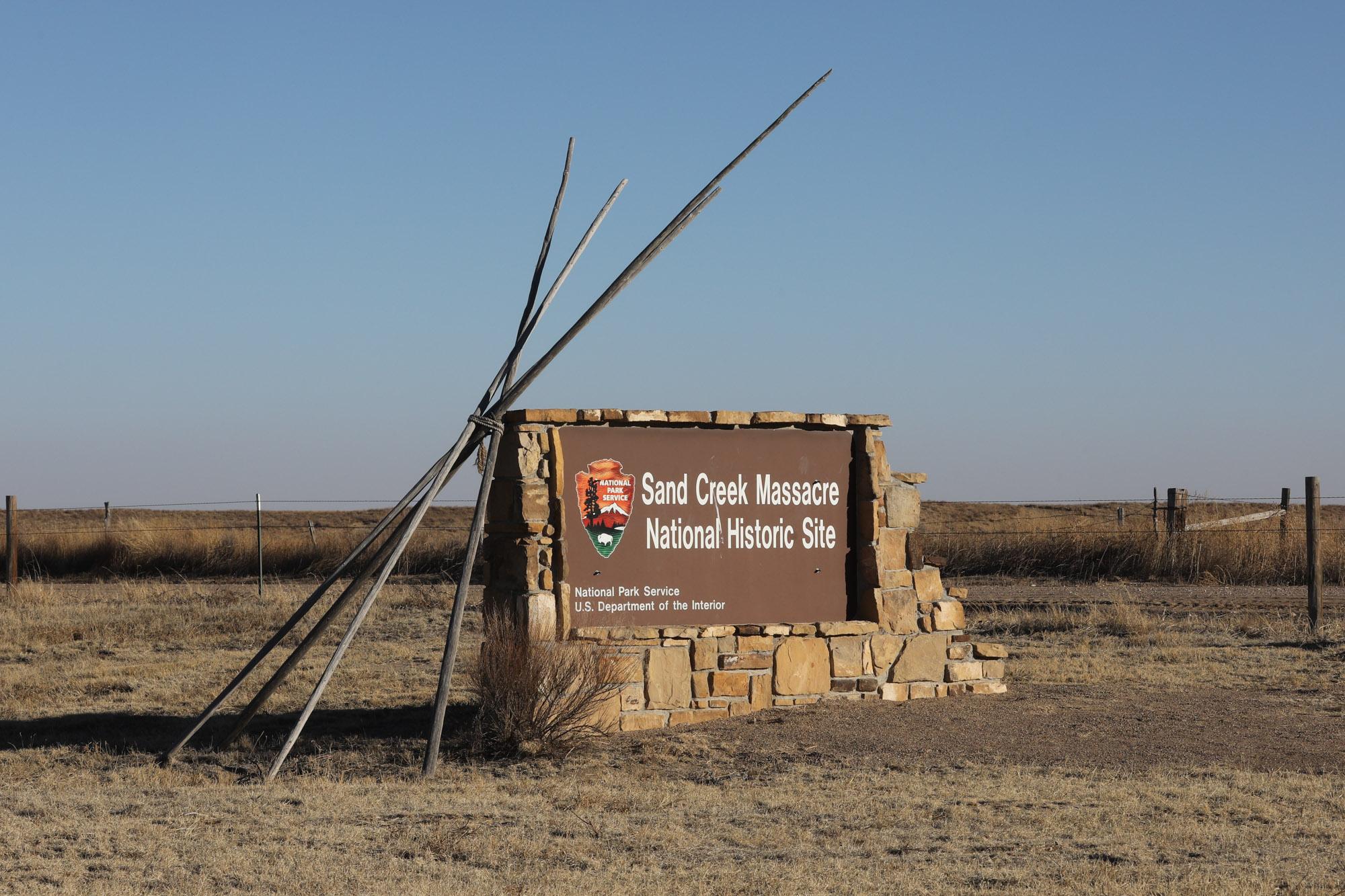
A new exhibit is now at the Sand Creek Massacre National Historic Site visitor center in Eads on the Eastern Plains. It focuses on the living cultures of the two separate tribes betrayed and attacked by U.S. troops in 1864, the deadliest day in state history.
Hundreds of Arapaho and Cheyenne women, children and elders who had been promised military protection were killed in the unprovoked assault. The survivors were forced to move and their descendants are now part of three sovereign tribal nations in Montana, Oklahoma, and Wyoming.
The new History Colorado display at the national historic site is a satellite version of an exhibit that took a decade to create at the main museum in Denver. It adds to existing interpretations about the causes and consequences of the brutal assault on the Cheyenne and Arapaho people. It's based on tribal accounts and oral histories from descendants of the survivors of the massacre.
Also, a partnership of state and local agencies has just released a new virtual tour of the site using 360-degree imagery to connect the history and current status of the tribes.
This online experience is the last part of a series of online presentations about the heritage of Southeastern Colorado.
Editor's note: This story has been corrected to reflect the Arapaho as one of the two main tribes at Sand Creek.
Related coverage
- History Colorado wants to get its Sand Creek Massacre exhibit right this time
- U.S. Interior Secretary Haaland announces expansion of Sand Creek Massacre historic site in Colorado
- A Cheyenne Woman Becomes A Warrior After The Sand Creek Massacre
- You can now visit the Santa Fe Trail from the comfort of your home
- The 200-year-old Santa Fe Trail is about to get a new digital presence








